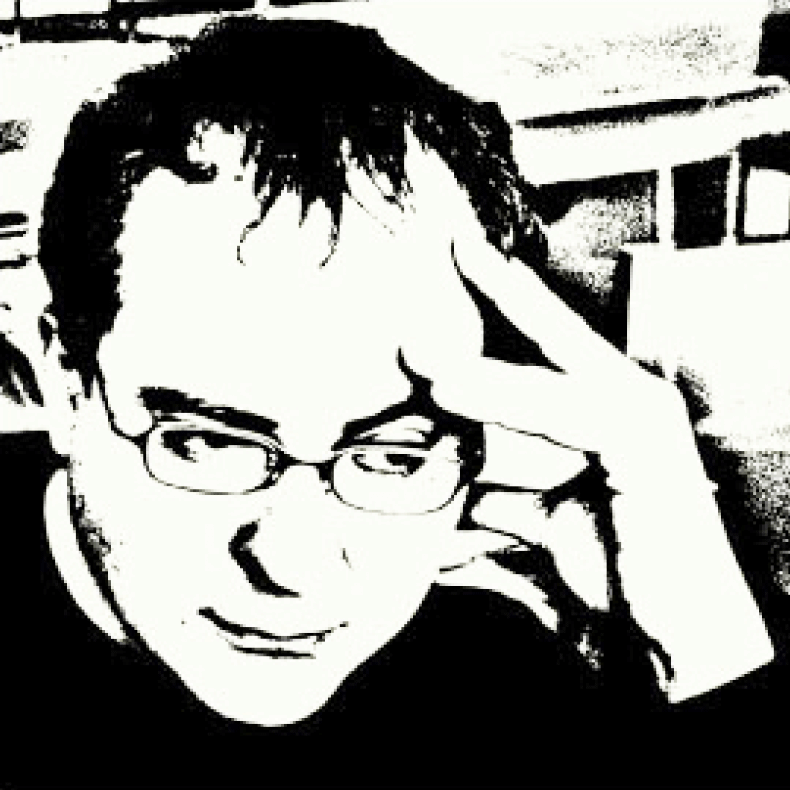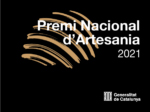COLLECTION
GEOMETRÍAS
by Mosaics Martí
Pere and Albert Martí have re-floated the cement tile craft industry by re-starting the business that their grandfather had started in 1913 and which in the late 1950s suffered a sharp setback with the emergence of terrazzo ceramic and stoneware tiles. Since 1988, the Martí brothers have been rehabilitating the old presses, adjusting molds and recovering the stencils of old modernist designs so that those memorable floors, so appreciated for their quality and beauty, can be placed again.
The GEOMETRÍAS collection is the future bet of the company Mosaics Martí, rescued from the past, which has now taken the best of artisanal production to the service of contemporary design.
A cave is a cave until a man enters and paints a bison, then it becomes his lair. A house is a home when the man recreates inside it the beauty that exists outside and therefore he feels comfortable.
The house, this bounded space in which man steps in and walks, is the beginning of civilization. A space that becomes human because it is built, because here man demonstrates that he is capable of manipulating and dominating nature, and imitating the gods. This space is human, as opposed to the wild and natural spaces. A house not only shells from cold and heat but also from dust and mud. Dust and mud in houses now transform into hard, smooth, shiny surfaces, which bring the splendor that man aspires to. The pavement on which we step is the sky placed at our feet.
The cement tile arose as a result of man’s need to reproduce beauty in his habitat, to put under his feet this durable, smooth and shiny surface, a metaphor for the desire to overcome and endure. But the pavement is not only manipulated matter, it is also capricious shape. A plane to print the gesture and give it color and to apply the graphic language that allows expressing beauty.
Cement tiles are a clever combination of cement, marble dust, water, sand an pigments worked by the artisan to give tiles the shape that the artist has envisioned. With this elementary and therefore sublime action, the artisan is building not only a tile but a portion of History. In this collection of cement tiles, the artist and creator is the company Mosaics Martí, from Manresa, that since 1913 has been transforming raw materials into solid pieces, firstly with manual methods and later with the help of machinery, even though the artisan is still responsible of ensuring a well-finished and high-quality product.
The motto of Mosaics Martí was coined by Gaudí: “Originality consists in returning to the origins“. The Martí family chose this phrase which defines the philosophy of a family business that, after many ups and downs, has recovered an activity and a product that had become obsolete over the years. Terrazzo, a new paving material that came from Italy in the 1960s, deeply hurt the mosaic industry and consequently the Manresa company. Having overcome this adversity, Mosaics Martí paid attention to Gaudí: they became more original and regained the splendor of this historic job. At the time, it was steam that helped them to be competitive but nowadays, it is the admiration for the tiles created by artists from Noucentisme and Modernisme, Catalan cultural movements of the early 20th century, that has returned them to the activity, and thus recover tiles such as those created by Josep Maria Jujol (1879-1949), architect, designer, painter, graphic designer and a faithful collaborator of Gaudí.
However, living by nostalgia alone would be a mistake. Going back to the origin does not mean reproducing the work of the creatives of the beginning of the century, but choosing the valuable elements and providing them with a contemporary touch. According to this, Mosaics Martí has launched a collection designed by three current architects, who are fascinated, like modernists were, by the almost infinite combinatorial capacity of these 25 x 25 cm tiles. As in poetry, the graphic language of Lluís Clotet, Elías Torres and Ramón Úbeda aspires to symmetry, granted by the grammar of the mosaic. The pavements designed by these three architects express a 21st century aesthetic that has found a 19th century technique as a mediator.
Blessed dialectic
A cave is a cave until a man enters and paints a bison, then it becomes his lair. A house is a home when the man recreates inside it the beauty that exists outside and therefore he feels comfortable.
The house, this bounded space in which man steps in and walks, is the beginning of civilization. A space that becomes human because it is built, because here man demonstrates that he is capable of manipulating and dominating nature, and imitating the gods. This space is human, as opposed to the wild and natural spaces. A house not only shells from cold and heat but also from dust and mud. Dust and mud in houses now transform into hard, smooth, shiny surfaces, which bring the splendor that man aspires to. The pavement on which we step is the sky placed at our feet.
The cement tile arose as a result of man’s need to reproduce beauty in his habitat, to put under his feet this durable, smooth and shiny surface, a metaphor for the desire to overcome and endure. But the pavement is not only manipulated matter, it is also capricious shape. A plane to print the gesture and give it color and to apply the graphic language that allows expressing beauty.
Cement tiles are a clever combination of cement, marble dust, water, sand an pigments worked by the artisan to give tiles the shape that the artist has envisioned. With this elementary and therefore sublime action, the artisan is building not only a tile but a portion of History. In this collection of cement tiles, the artist and creator is the company Mosaics Martí, from Manresa, that since 1913 has been transforming raw materials into solid pieces, firstly with manual methods and later with the help of machinery, even though the artisan is still responsible of ensuring a well-finished and high-quality product.
The motto of Mosaics Martí was coined by Gaudí: “Originality consists in returning to the origins“. The Martí family chose this phrase which defines the philosophy of a family business that, after many ups and downs, has recovered an activity and a product that had become obsolete over the years. Terrazzo, a new paving material that came from Italy in the 1960s, deeply hurt the mosaic industry and consequently the Manresa company. Having overcome this adversity, Mosaics Martí paid attention to Gaudí: they became more original and regained the splendor of this historic job. At the time, it was steam that helped them to be competitive but nowadays, it is the admiration for the tiles created by artists from Noucentisme and Modernisme, Catalan cultural movements of the early 20th century, that has returned them to the activity, and thus recover tiles such as those created by Josep Maria Jujol (1879-1949), architect, designer, painter, graphic designer and a faithful collaborator of Gaudí.
However, living by nostalgia alone would be a mistake. Going back to the origin does not mean reproducing the work of the creatives of the beginning of the century, but choosing the valuable elements and providing them with a contemporary touch. According to this, Mosaics Martí has launched a collection designed by three current architects, who are fascinated, like modernists were, by the almost infinite combinatorial capacity of these 25 x 25 cm tiles. As in poetry, the graphic language of Lluís Clotet, Elías Torres and Ramón Úbeda aspires to symmetry, granted by the grammar of the mosaic. The pavements designed by these three architects express a 21st century aesthetic that has found a 19th century technique as a mediator.
Blessed dialectic

Lluís Clotet

Lluís Clotet (Barcelona, 1941) is one of the most professional Catalan architects and designers and also one of the brightest and most respected artists. Member of the Studi Per and founder of Bd Edicions de Disseny, he has always cared about the interiors of his works down to the last detail. Clotet is also a vocational graphic designer and an extraordinary illustrator, able to express himself with a single stroke.
All Clotet projects are simple and ingenuous at the same time. A line or two, drawn in the right place, can offer a catalog of elegant geometric compositions.

Elías Torres

Elías Torres (Ibiza, 1944). He is a brilliant architect in everything he does: he puts the same passion in teaching at school as in designing a streetlight, and he is much more interested in the substance than in the form Elías is able to write a master thesis on zenithal light based on a few reused kitchen utensils. Although he has always worked greater projects together with his partner José A. Martínez Lapeña, he works alone in small projects -like this Collection- from time to time.
Elías Torres knows very well that an expressive pavement can solve a project. His design is a clear interpretation of the classic chessboard, with which it complements perfectly.

Ramón Ubeda

Ramón Úbeda (Jaén, 1962) graduated as an architect but has never worked in this profession. He preferred to enter the world of design, which he reached through magazines. He is a journalist specialized in design who, far from being just an spectator, and has gone further by working both as a graphic and industrial designer, which enables him to be the ideal profile to develop a project like this one. Úbeda, who has broad experience in designing, is also responsible for the artistic and editorial direction of Mosaics Martí Geometries collection.
Úbeda’s proposal takes an unusual advantage of the stencil or matrix used in the manufacture of the tile. It is divided into six parts that can be filled each one with the same or a different color. Combination possibilities are as many as can be imagined.



